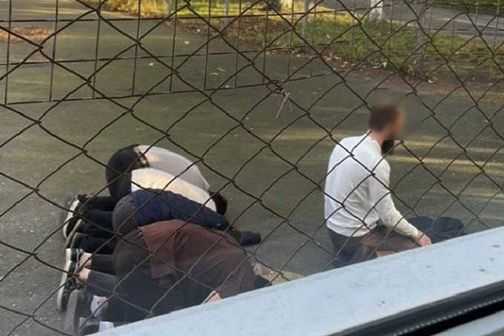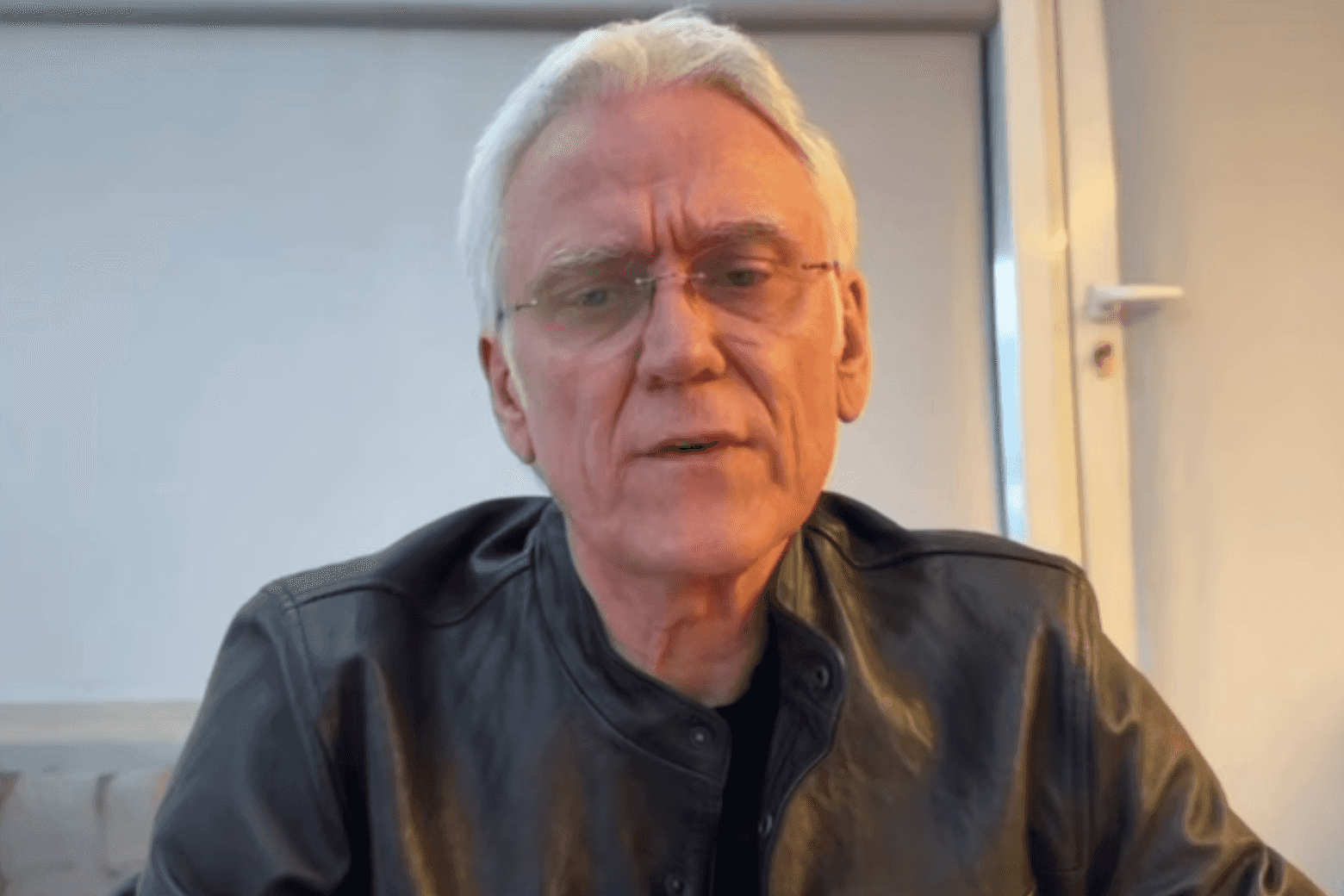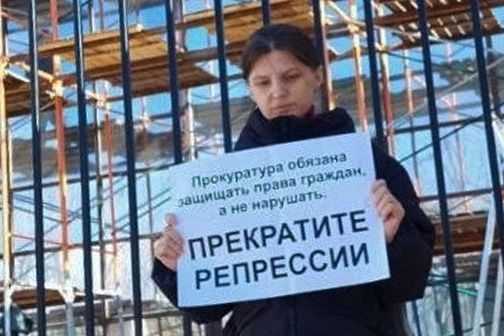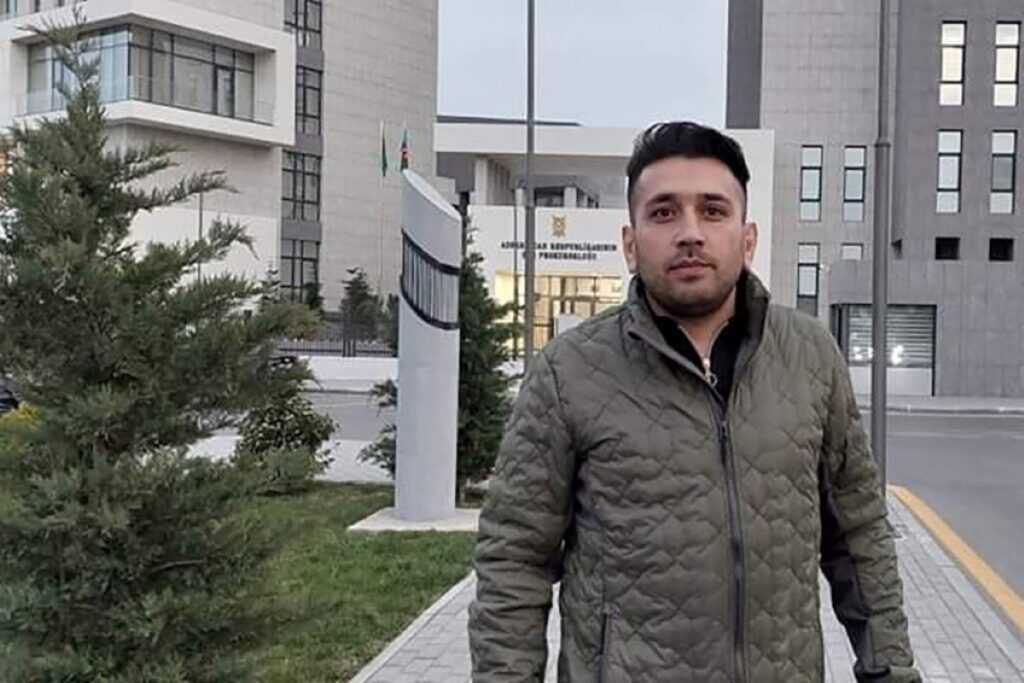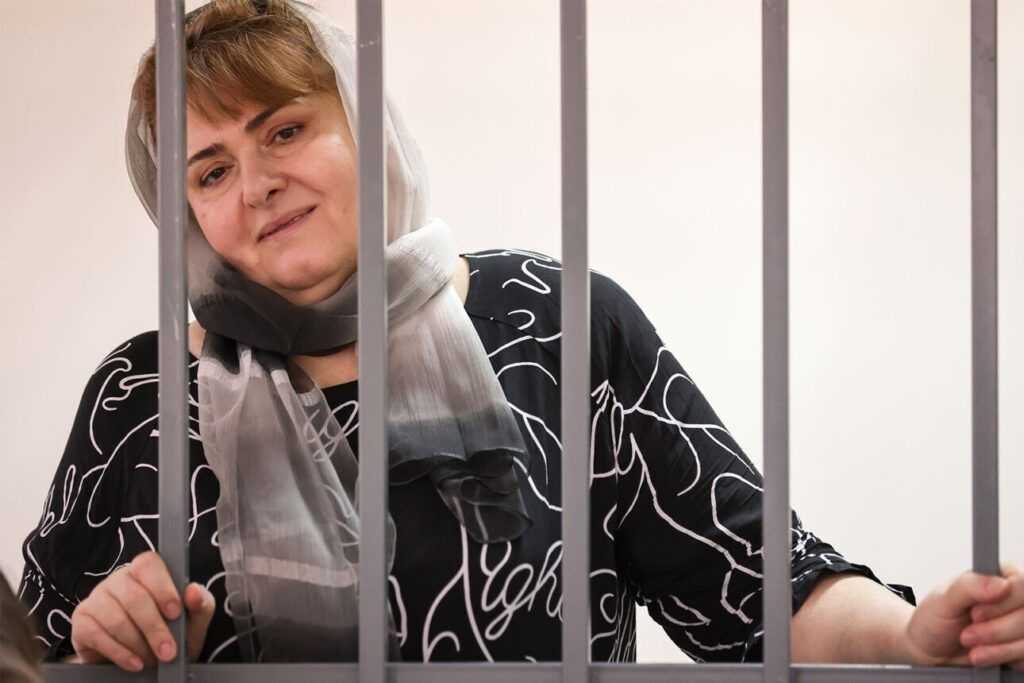A ‘museum’ dedicated to the full-scale war in Ukraine opens in a Vladikavkaz school
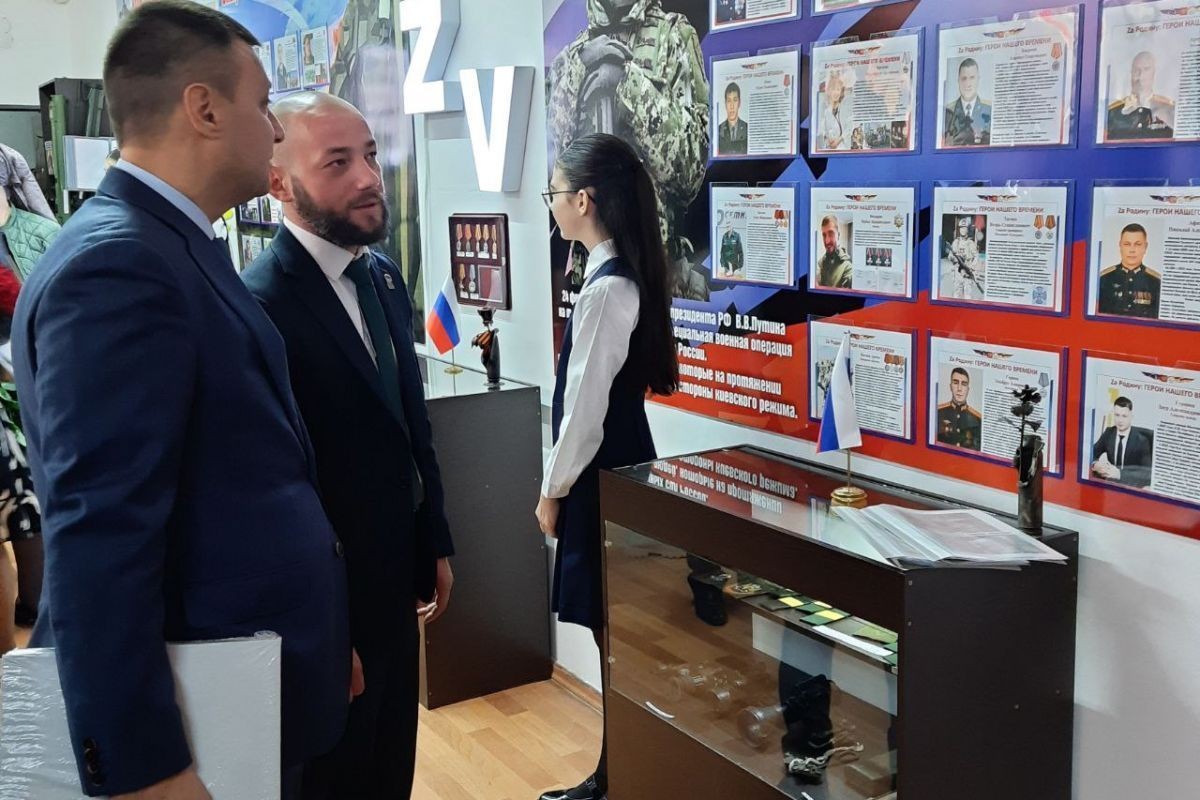
A new ‘museum’ dedicated to participants in Russia’s full-scale military invasion of Ukraine opened at a school in the North Ossetian capital Vladikavkaz on Friday. A significant part of the exhibition is devoted to the school’s alumni who died in combat, which includes portraits, personal belongings, and military equipment of soldiers.
The exhibition was created as part of the ruling United Russia party’s ‘Historical Memory’ project.
It was opened after the school was the winner of the nationwide competition Soldiers of the Great Fatherland, which involved 1,400 school museums from 81 regions of the country. At the federal stage, 158 museums were selected, with 89 taking prize places. As a result, Vladikavkaz’s School No. 46 received a grant of ₽500,000 ($6,000) to create the museum.
In total, more than 3,000 so-called patriotic corners, or mini-museums, have been created in Russian schools as part of the Historical Memory project.
One of the key sections of the exhibition in Vladikavkaz’s School No. 46 is dedicated to Eduard Baitsaev, who was killed in February 2023 during the battle of Avdiivka. His portrait and personal belongings were donated to the museum by his older brother, Igor Baitsaev, according to local television reports.
In addition to exhibits related to Baitsaev, the museum features materials on other combat participants, including Major Marat Tibilov. A native of North Ossetia, Tibilov was an officer in the Russian National Guard special forces and died in March 2025 fighting Ukrainian troops in Russia’s Kursk Oblast. He was posthumously awarded the title of Hero of the Russian Federation.
The exhibition includes not only photographs and documents, but also samples of military equipment, captured weapons collected from battlefields, and a reconstructed field dugout based on accounts from participants in the ‘special military operation’ — Russia’s term for the full-scale invasion of Ukraine.
In an interview with local media, the school’s administration noted that ‘the exhibition will become one of the key elements of patriotic education for students’.
According to the organisers, the project is aimed at conveying ‘historical truth about the events occurring in the combat zone’ to the younger generation.
The organisers plan to further expand the school’s museum exhibition. By 9 May, the 80th anniversary of the Red Army’s victory over Nazi Germany in World War II, additional exhibits, including personal belongings of veterans of fighting in Ukraine, are expected to be added. The school is also collaborating with local historians and public organisations to ‘document the memories of combat participants’.
The Soldiers of the Great Fatherland competition, under which School No. 46 received a grant, is part of a broader state programme that the government says is to preserve historical memory. As part of this initiative, school museums are being created, thematic lessons are being conducted, and meetings with veterans are being held. According to the Ministry of Education, funding for such projects was increased in 2024, allowing for a broader reach among educational institutions nationwide.
Critics of the programme and other forms of government propaganda have noted that more controversial aspects of the full-scale war, such as the massive casualties Russia is suffering, are typically ignored. At least 750 people from North Ossetia alone have died in the war, according to the latest figures, but many more are missing. Children are also not told about Russian war crimes, such as the infamous massacres in Bucha, where Russian soldiers murdered hundreds of Ukrainian civilians.



